
Abstract Sculpture for Sale
Abstract sculpture is a pure product of the 20th century. It was Auguste Rodin who defined the beginning of modern sculpture and who marked the end of the secular antique inspiration which dominated in sculpture. Rodin's sculptures broke the ancient rules and inspired many sculptors of the 20th century to depart from the traditional conventions. Rodin's sculptures inspired Brancusi and his simple and pure lines, which in turn laid the ground for abstract sculpture.
The beginning of the 20th century was accompanied by numerous discoveries and in particular mathematical advances that fascinated intellectuals. At the same time, many exiled European artists found refuge in Paris and joined different movements, all in search of a better world. For it was also the wars that encouraged artists to detach themselves from reality. From this desire was born a new language, that of abstraction! Artists no longer express reality through figuration, but through the immaterial, form, color... Cubism initiated this use of geometric form in modern art by approaching the objects of reality as forms that can be represented in different facets to obtain a complete perspective. Thank you Pablo Picasso! Sculpture was no longer dedicated to representing reality as we see it, but the sculpture becomes the object in its own right, extracting the essence. The Cubists also adopted a greater freedom in the choice of less noble materials than before, perhaps out of necessity... The movements that followed, such as Dadaism, Neo-Dadaism, Surrealism, Abstract Expressionism, Minimalism all enriched abstract art. Italian Futurism focused on the representation of movement and saw the appearance of kinetic art where movement is the work of art.
One artist in particular had a profound impact on abstract sculpture: Alexander Calder. His mobiles are made of thin pieces of metal smoothed and connected by wire. His color palette is inspired by Piet Mondrian, and the artist once said: "I wanted to make Mondrian that move." Jean Tinguely or Nicolas Schöffer will also illustrate themselves in kinetic art and robotics. Then Marcel Duchamp, whose research also revolves around the movement will introduce in the history of art his first 'ready-made' and induce the idea that a work of art can be a manufactured object, it is the artist to assign the status of work of art.
The more abstract sculpture approaches the daily life, the more artists turn to poor materials, objects that they recycle. After the Second World War, sculptors could see things in a big way. Thanks to industrialization in particular, they conceived sculptures of more and more monumental size which resisted bad weather and could thus be installed outside.
In contemporary sculpture, the environment is therefore more easily taken into account by artists. In the land art for example, Christo and Jeanne Claude create abstract sculptures that are directly integrated into the landscape, the installations of Richard Serra are so monumental that they allows visitors to walk inside, and in minimalism, the sculpture and the material is determined by its environment because it emphasizes the emptiness and the space around it. Among the great contemporary abstract sculptors, we can mention Henry Moore, Niki de Saint Phalle, Barbara Hepworth and Louise Bourgeois. On Artsper, you can find abstract sculptures by famous and emerging artists, such as César, Crixo Aponte, and Yannick Bouillault!
Save your search and find it in your favorites
Save your search to find it quickly
Saved search
Your search is accessible from the favorites tab > My favorite searches
Unsaved search
A problem occurred




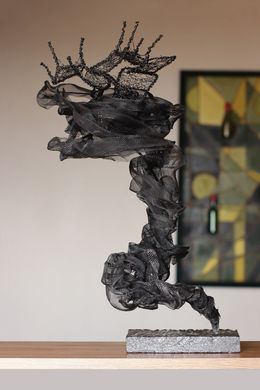



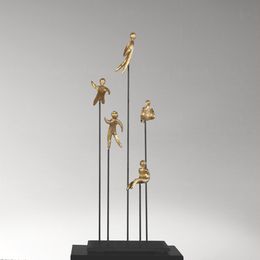






















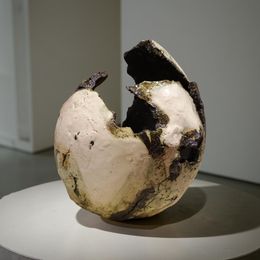




































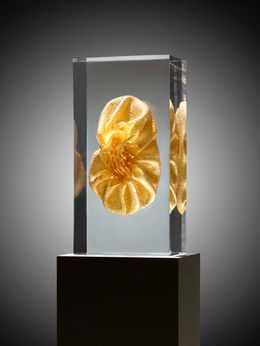

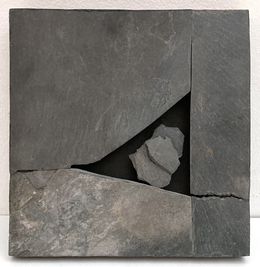
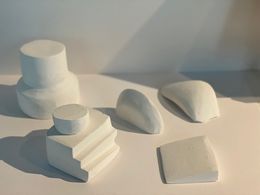

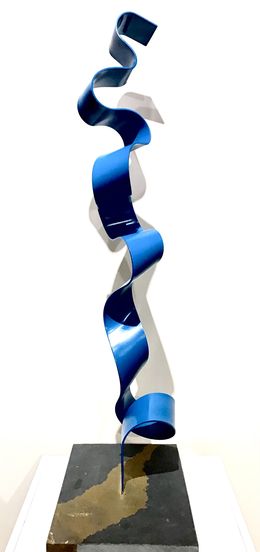
Ariel Elizondo Lizarraga
Sculpture - 78 x 13 x 13 cm Sculpture - 30.7 x 5.1 x 5.1 inch
$1,475 $1,180



















Discover the styles & movements
Discover the selection of our experts
Abstract sculpture refers to a type of sculpture that does not accurately depict the physical world, but is rather made up of forms, shapes, colors and other visual elements.
Barbara Hepworth's sculptural works are a famous example of abstract sculpture. These include works such as Two Forms (Divided Circle) and Mother and Child. Hepworth's sculptures are abstract in form while often making reference to the natural world and relationships between natural forms.
Abstract sculpture in the sense that we refer to it today has its roots in the 20th century, when European artists began creating abstract art. This followed a decline in the popularity of Realism in the art world, as artists sought alternative ways to represent the world around them. The Cubist art movement is credited with producing first abstract sculptures, which experimented with geometrical shapes and abstract forms.
Abstract sculpture is a form of art that does not attempt to represent reality accurately but instead uses shapes, colors, and forms to achieve its effect. It focuses on expressing ideas or emotions rather than depicting recognizable subjects.
The five main characteristics of abstract art are non-representational forms, emphasis on color and shapes, expressive brushwork, focus on composition, and the evocation of emotions rather than depicting reality.
The four basic types of sculpture are carving, modeling, casting, and assembling. Each technique involves different materials and processes, from subtracting material to building forms or combining objects.










